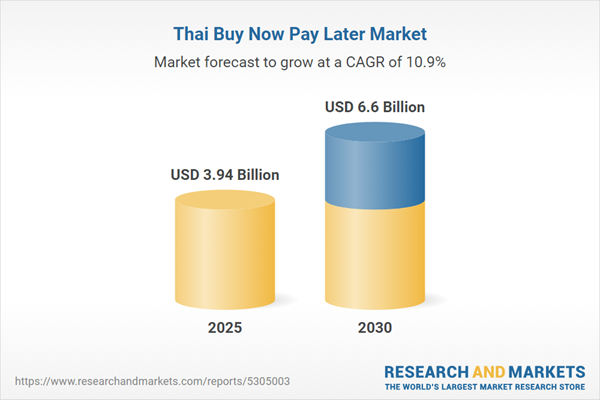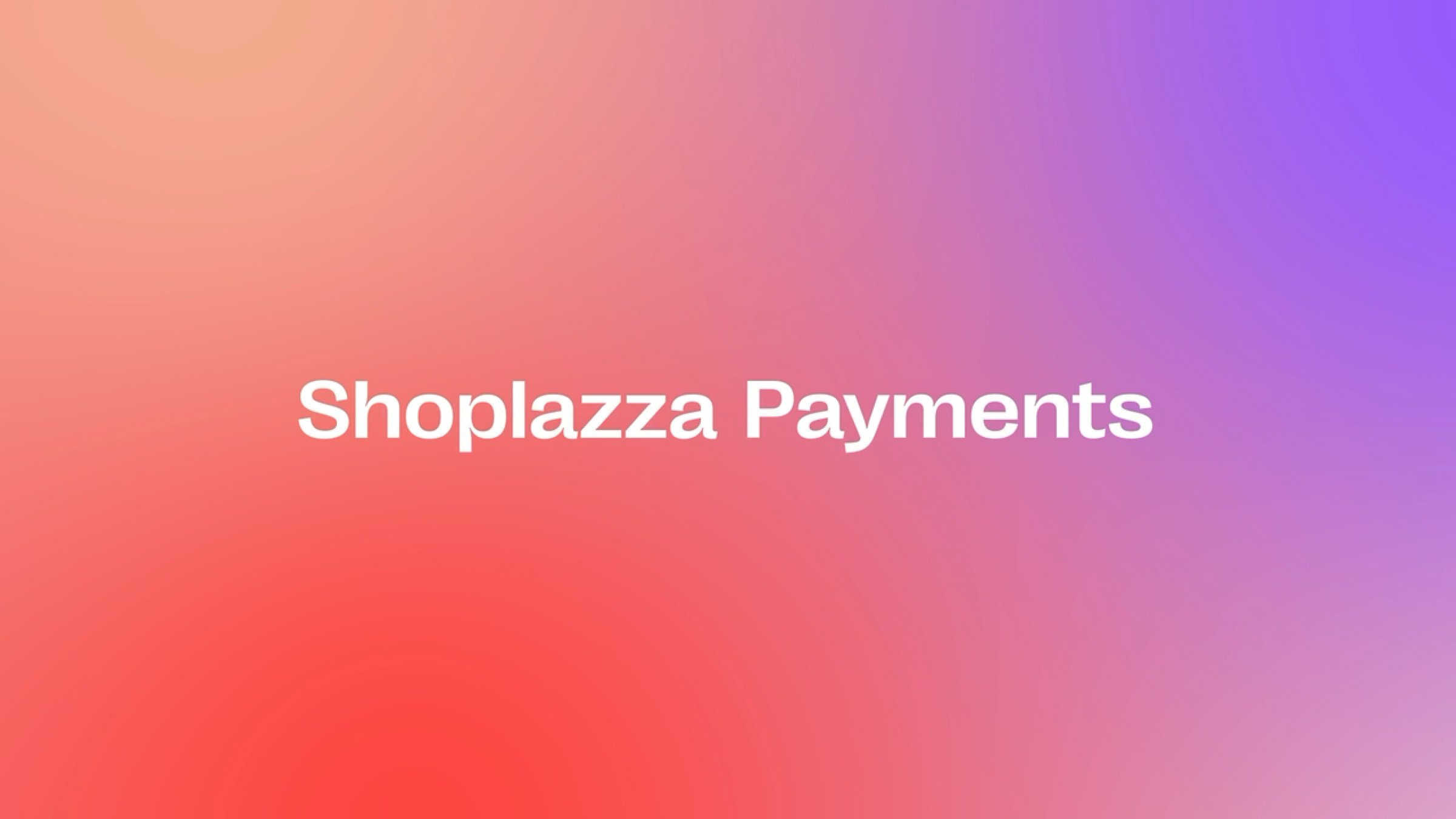Thailand's vibrant digital landscape offers immense opportunities for small and medium-sized e-commerce sellers. But to truly connect with the over 40 million online shoppers in this booming market, understanding their preferred payment methods is not just an advantage—it's a necessity. With Thailand's e-commerce market projected to hit US$58.5 billion in 2027 and a significant portion of its online shoppers engaging in cross-border purchases, aligning your payment gateway with local preferences is key to maximizing conversions and customer trust. This article delves into the main payment methods in Thailand, offering a detailed review for your business.
Thailand’s dynamic e-commerce landscape: Why payments matter

Thailand stands as Southeast Asia's second-largest e-commerce market, surpassed only by Indonesia, a testament to its strong digital adoption. The total e-commerce volume in Thailand for 2024 is US$38.5 billion, with a projected growth to US$58.5 billion by 2027. Cross-border e-commerce maintains a significant share, accounting for 30% of total online sales. Categories like fashion, beauty & personal care, food & beverage, and consumer electronics are top sellers (Source: PCMI, E-Commerce in Thailand, Nov 2024).
For SMEs, this signifies an expanding consumer base, but successful market entry hinges on offering the online payment methods Thailand's consumers prefer. The nation is rapidly progressing towards a cashless society, making digital payment solutions increasingly crucial for businesses targeting this region. Understanding the Thailand e-commerce payment method landscape is crucial.
The most popular payment methods in Thailand for e-commerce
Understanding how Thai consumers pay online is paramount. Here's a breakdown of the leading payment methods in Thailand and how they impact your e-commerce strategy:
Bank transfer (40% of online transactions) – Driven by PromptPay

Bank transfers continue to be the most common payment method Thailand uses for online purchases, accounting for a significant 40% of transaction volume. This prevalence is largely due to PromptPay, the national payment platform launched by the Bank of Thailand (BOT).
-
What it is: PromptPay facilitates real-time transfers using simple identifiers like mobile phone numbers or ID card numbers, eliminating the need for complex bank account details. Nearly all Thai banks and financial institutions are integrated with it, making it highly accessible. Thailand also ranks third globally for QR code usage, with 61.5% of the population using QR codes monthly, largely driven by PromptPay (Source: The Nation, Thailand ranks third in the world for QR code usage, Mar 2025).
-
Why it matters for sellers: Offering PromptPay integration means providing a familiar, trusted, and highly efficient payment method in Thailand that nearly every Thai consumer has access to. It simplifies the checkout process and reduces friction for first-time buyers.
Digital wallets (25% of e-commerce transactions) – The digital revolution accelerates

Digital wallets are rapidly gaining traction, now making up 25% of the total e-commerce transaction value. These online payment methods in Thailand are highly popular. Several major players dominate the e-wallet landscape:
-
TrueMoney: This is one of Thailand's largest e-wallets, part of the True Corporation group. It facilitates bill payments, mobile top-ups, and QR code payments, with widespread acceptance, including at 7-Eleven.
-
Rabbit LINE Pay: Built on the ubiquitous LINE messaging app, Rabbit LINE Pay is highly popular, especially among younger demographics. It's reported to be the second-most popular e-wallet app in Thailand, with almost 25% market share among e-wallets, offering integrated online and offline payment capabilities (Source: TransFi).
-
ShopeePay: As the electronic wallet of the leading e-commerce platform Shopee (which holds a 49% market share in the Thai e-commerce market as of a Momentum Works estimate), ShopeePay is a critical option for sellers leveraging the Shopee ecosystem.
-
K Plus (Kasikornbank): K Plus, developed by Kasikornbank, is a mobile payment application that holds the largest market share among all banking apps in Thailand. It boasts 17 million active users and 15 million monthly active users. Additionally, Kasikornbank has been recognized on Reddit as the most popular bank among Thai expats.
Why it matters for sellers: Integrating popular payment methods in Thailand, like these e-wallets, is essential for reaching a broad segment of Thai online shoppers. These platforms offer convenience, speed, and often loyalty programs that encourage repeat purchases.
Credit and debit cards (Combined 20% of online transactions) – Rewards and installments

Credit cards (19%) and debit cards (1%) combined account for 20% of online purchase volume in Thailand. While penetration might be lower than in some Western markets, their usage is growing, with credit and charge card payments projected to reach US$65.6 billion in 2025, a 7.1% growth from the previous year (Source: GlobalData, via Crowdfund Insider, Asian Banking & Finance).
-
Consumer Preference: Thai consumers value credit and debit cards for the rewards, discounts, cashback, and crucially, the installment payment options they often provide. Banks are actively offering 0% installment plans to boost usage.
-
Why it matters for sellers: Offering card payments caters to a segment of consumers who prefer these benefits or who are making larger purchases. Ensuring secure and seamless card processing is essential for international credibility, making it a key Thailand payment method.
Buy Now, Pay Later (BNPL) – An emerging force
BNPL is an increasingly popular payment method in Thailand. The BNPL market in Thailand experienced robust growth during 2021-2024 with a CAGR of 24.0%, and is forecast to grow at a CAGR of 10.9% during 2025-2030, reaching approximately US$6.60 billion by the end of 2030 (Source: Research and Markets).

-
Consumer Appeal: BNPL allows consumers to receive goods immediately and pay for them in interest-free installments, making high-value purchases more accessible.
-
Why it matters for sellers: Integrating BNPL services can significantly boost conversion rates, especially for higher-priced items, by lowering the immediate financial barrier for consumers. It's a key growth area in Thai e-commerce.
Cash on delivery (COD) / Cash payments (10% of online transactions) – Still present

While digital payments are on the rise, Cash on Delivery (COD) still holds a share in online transactions, accounting for 10% of online purchase volume. Overall, cash payments make up 15% of POS transactions. Importantly, cash on delivery is expected to drop to 5% of e-commerce transactions by 2028 (Source: PCMI).
-
Why it matters to sellers: While its share is decreasing, acknowledging and potentially offering COD (or understanding its diminishing role) can still be relevant for specific product categories or customer segments, particularly those with lower digital payment adoption. However, the trend clearly favors digital Thailand online payment methods.
The future of Thailand's payment methods: What SMEs need to do
Thailand's payment market is undergoing rapid digital transformation. The shift towards a truly cashless, digital, and diversified future is undeniable, with mobile payments and BNPL models set to experience significant growth. This signifies a move towards local payment methods that Thailand prefers.
The Thai government's "digital wallet" initiatives continue to promote digital payments, aiming to stimulate the economy and enhance the security of the payment environment. These policies will lay a solid foundation for digital payment infrastructure, benefiting both consumers and businesses.
For small and medium-sized e-commerce sellers looking to thrive in Thailand, the takeaway is clear:
-
Prioritize Local Integrations: Your online store must support the top payment methods in Thailand that consumers actively use, especially PromptPay for bank transfers and the leading e-wallets like TrueMoney, Rabbit LINE Pay, ShopeePay, and K Plus.
-
Embrace BNPL: Offering "Buy Now, Pay Later" options will become increasingly critical for capturing a wider audience and boosting sales, aligning with future growth trends.
-
Focus on Security and Convenience: A smooth, secure, and localized checkout experience is paramount to building trust and reducing cart abandonment in a market rapidly adopting digital solutions.
To ensure your e-commerce business is well-equipped for the Thai market, platforms like Shoplazza offer robust payment solutions. Shoplazza allows you to seamlessly integrate with various local payment methods and digital wallets, ensuring your customers in Thailand can pay using their preferred options. This includes crucial methods such as PromptPay, TrueMoney, Rabbit-LINEPay, Palpay, Thailand Bank Transfer, and Thailand Cash payment. By leveraging such comprehensive integrations, you can significantly enhance customer experience, improve payment success rates, and unlock the full potential of Thailand's dynamic e-commerce market.
Conclusion
Navigating the world of online sales in Thailand boils down to a clear understanding: your customers' wallets dictate convenience. As we've explored, the rich tapestry of payment methods in Thailand, led by bank transfers via PromptPay and a growing suite of digital wallets, alongside cards and emerging BNPL options, is key. Prioritizing these preferred local solutions for your e-commerce store isn't just about processing sales; it's about fostering deep customer loyalty and securing substantial growth in this vibrant market. To truly make your mark in Thailand, a platform like Shoplazza, fully equipped to support these diverse payment options, stands as your most strategic move.
%20-%201.png)

